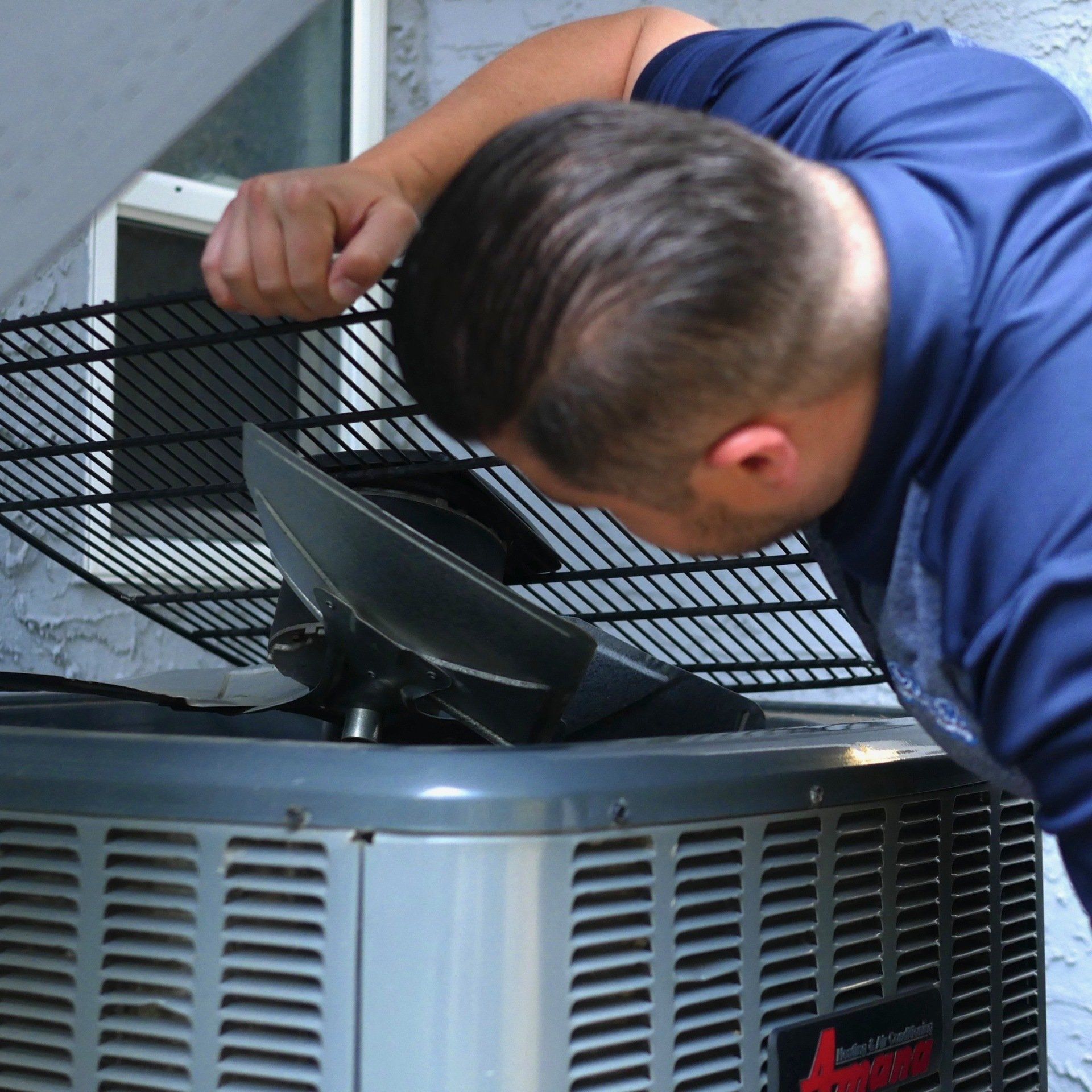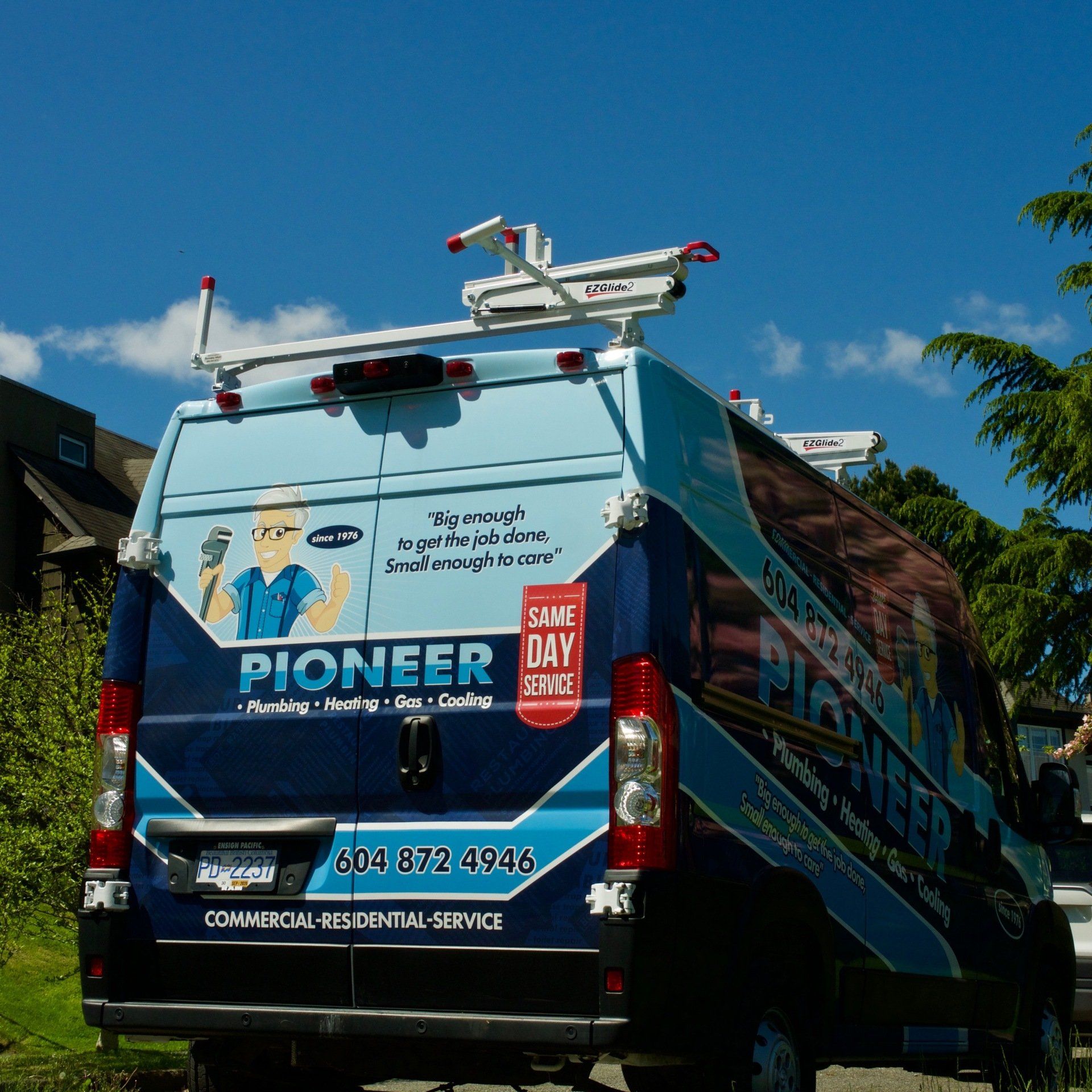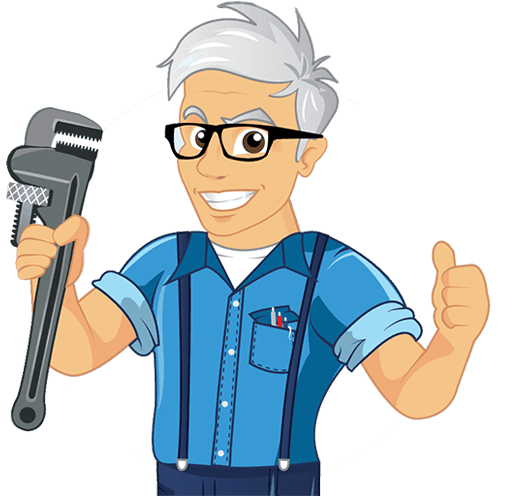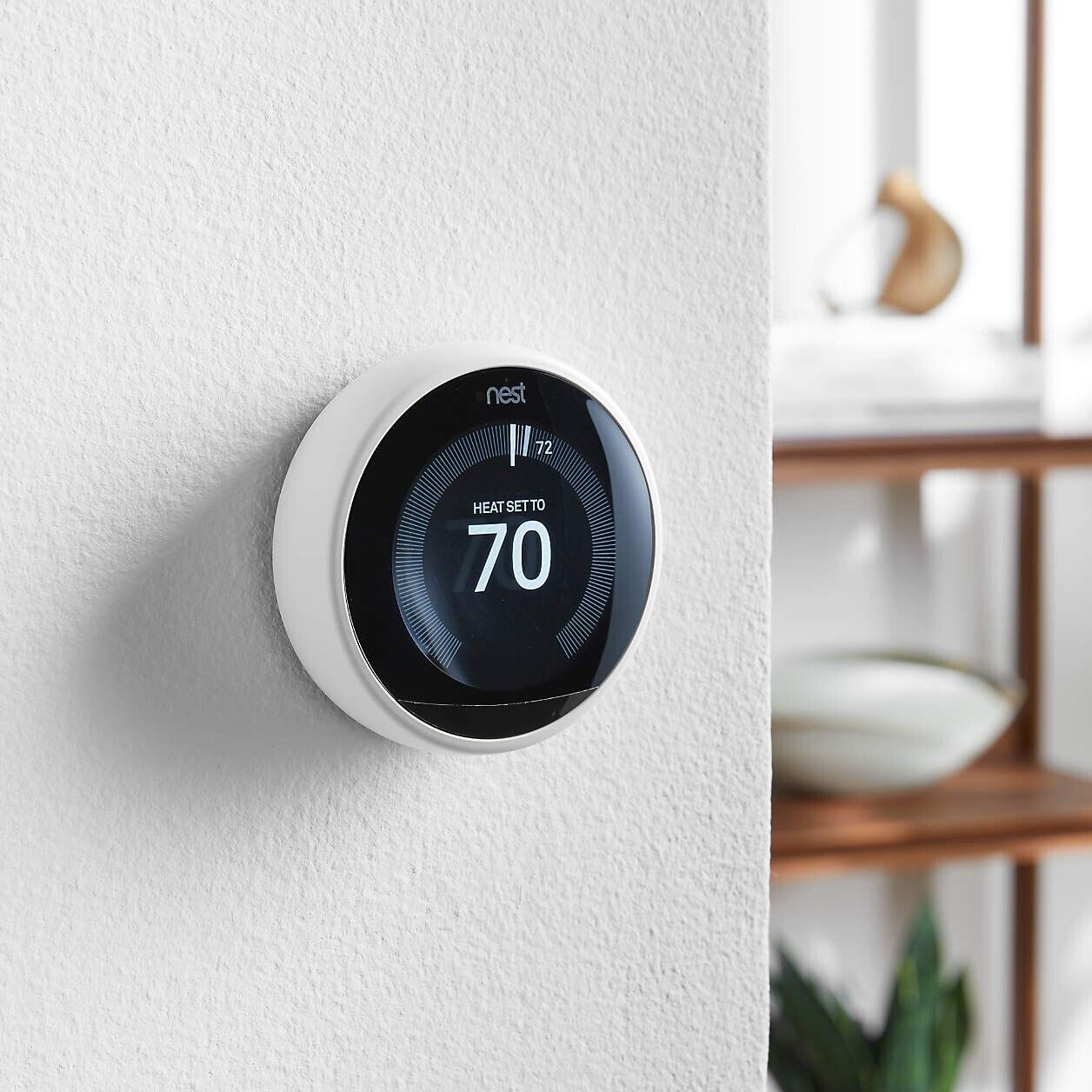Cool Breeze Through Time: The Evolution of Air Conditioning

Air conditioning, once a luxury, has become an essential part of life in many parts of the world, providing not just comfort but also improving our overall quality of life. This post delves into the rich history and transformative journey of air conditioning technology, from its rudimentary beginnings to today’s advanced systems.
The Conceptual Beginnings:
Before the advent of modern electrical systems, ancient civilizations devised ingenious methods to cool their environments. The Romans, for example, circulated aqueduct water through the walls of their homes to reduce indoor temperatures. Similarly, ancient Egyptians hung wet reeds in windows, utilizing the evaporating water to cool the air passing through, a natural form of air conditioning that provided relief during hot seasons. However, the real breakthrough came with Willis Haviland Carrier's invention in 1902. Originally designed to control humidity in a printing plant in Brooklyn, New York, Carrier's system also remarkably reduced temperatures, laying the foundation for modern air conditioning.
Mid-20th Century: Mainstream Adoption Takes Off
Post-World War II economic prosperity saw a boom in residential air conditioning as it became more accessible and affordable to the general public. The 1950s marked a significant turning point with the introduction of central air conditioning systems, which integrated cooling systems into the home's overall HVAC system. This innovation provided consistent, controlled temperatures throughout entire homes and buildings, marking a new era of comfort in residential and commercial spaces.
Technological Advancements and Efficiency:
The 1970s energy crisis served as a catalyst for innovation within the air conditioning industry, emphasizing the need for energy efficiency. This period led to the development of high-efficiency air conditioning systems and the introduction of the Seasonal Energy Efficiency Ratio (SEER) ratings, which helped consumers understand and compare the efficiency of different models. The subsequent decades saw digital technology revolutionize air conditioning with the advent of programmable thermostats that allowed users to customize and optimize their indoor environments based on personal schedules and preferences.
21st Century: Smart and Eco-Friendly Innovations
In the age of the smart home, air conditioners have become more sophisticated and interconnected. Modern systems can be controlled remotely via smartphones and tablets, allowing homeowners to adjust settings on the go and monitor energy usage in real time. Additionally, the push towards environmental sustainability has led to the development of eco-friendly air conditioners that use less harmful refrigerants and are designed to minimize energy consumption. Innovations such as solar-powered air conditioning and systems using geothermal energy are paving the way for a greener future.
The Future of Air Conditioning:
As we look towards the future, air conditioning technology is set to become even more personalized and efficient. Advances in artificial intelligence and the Internet of Things (IoT) promise HVAC systems that not only respond to our immediate comfort needs but also anticipate changes in weather and adapt accordingly. Furthermore, ongoing research into alternative refrigerants and low-energy systems shows promise in reducing the environmental impact of air conditioning.
Conclusion:
From enhancing ancient homes to enabling modern cities to thrive in hotter climates, air conditioning has played a pivotal role in human history. The evolution of this technology continues to mirror broader technological, energy, and environmental trends. With ongoing challenges like global warming and energy resource management, the next generation of air conditioning will likely focus on sustainability and efficiency, ensuring that we can enjoy cool, comfortable indoor environments without compromising the health of our planet.













